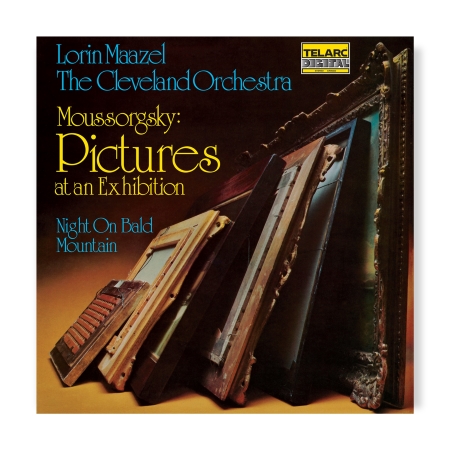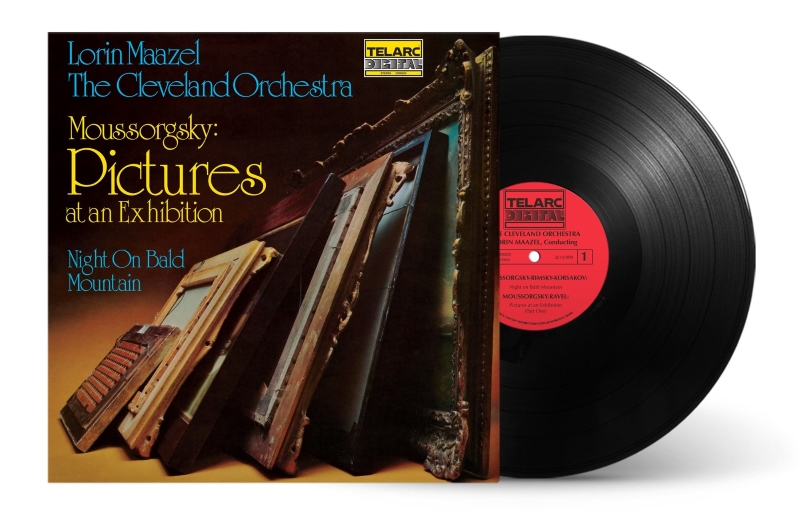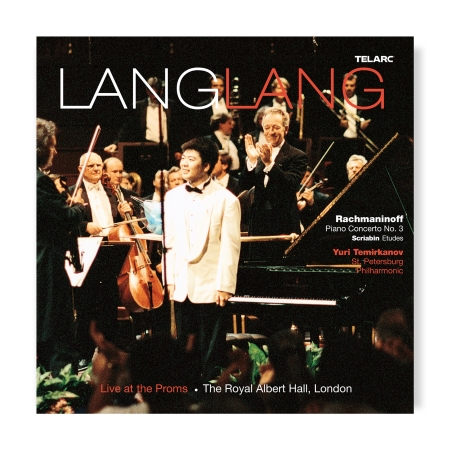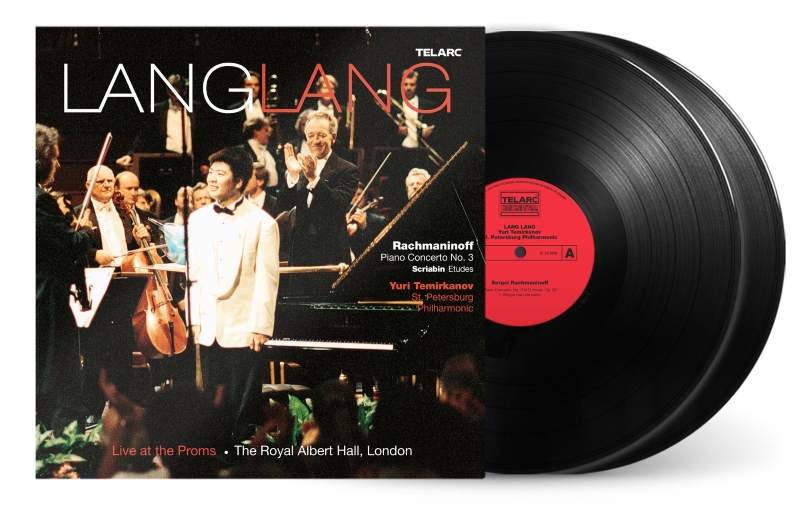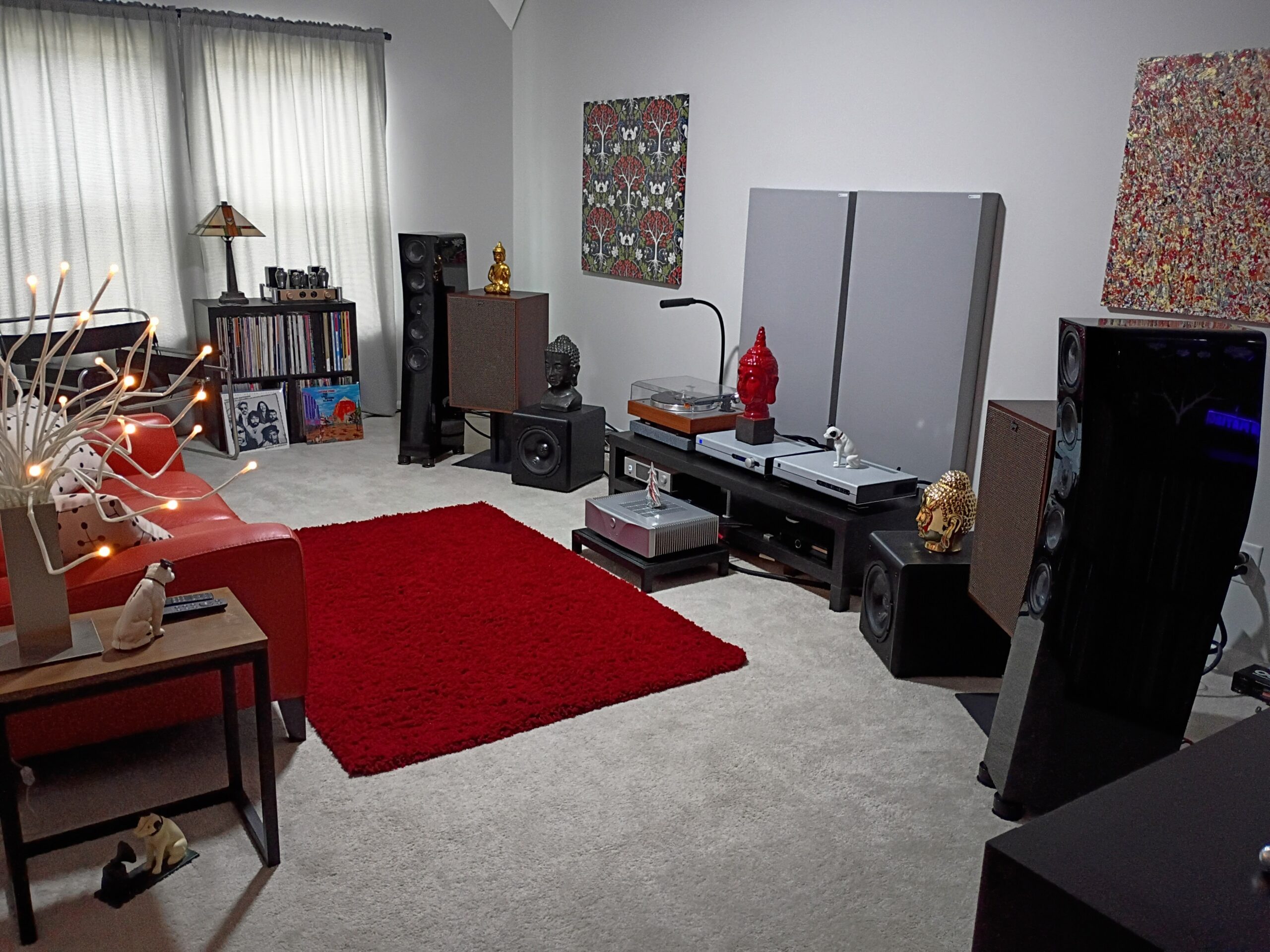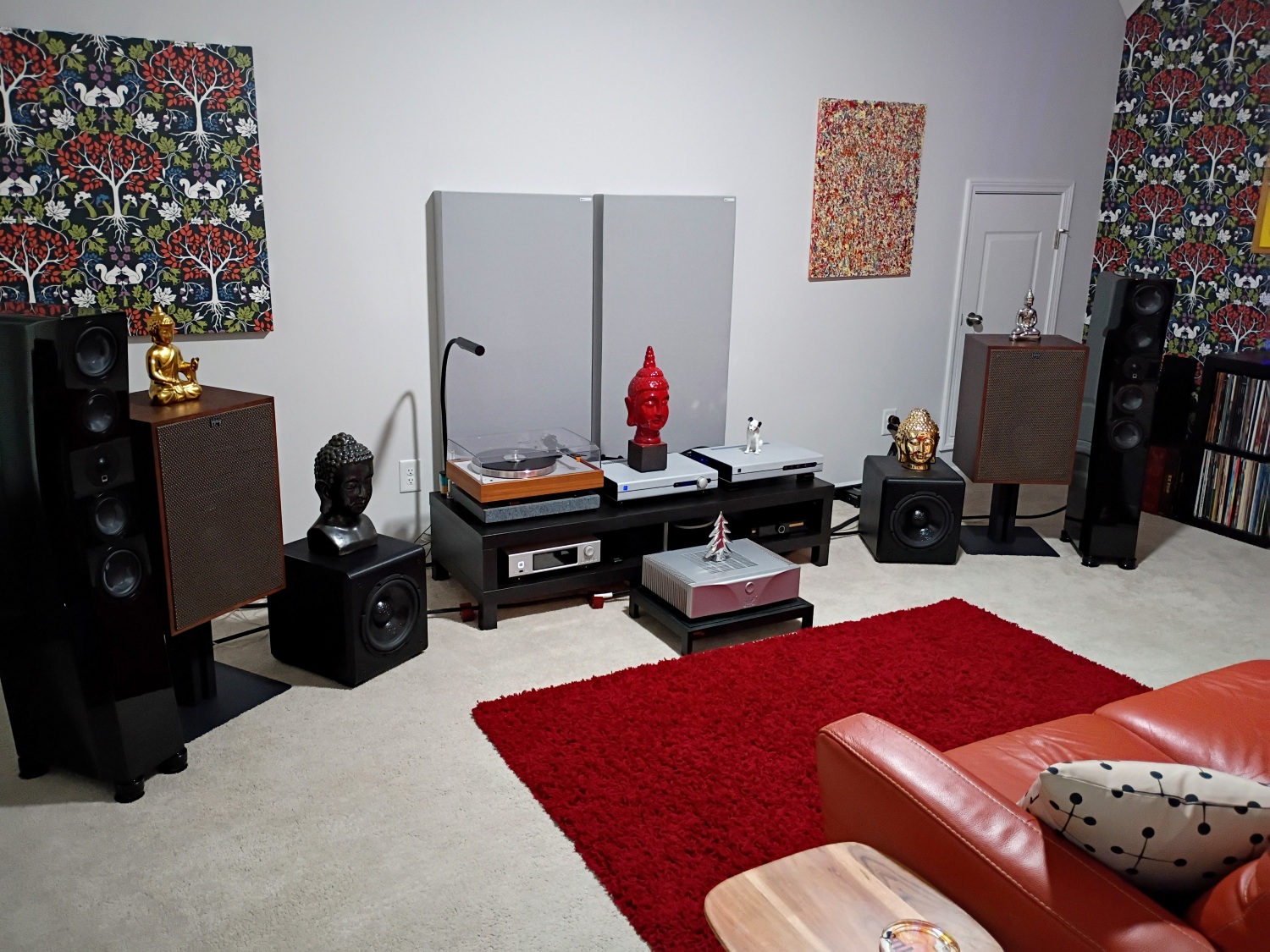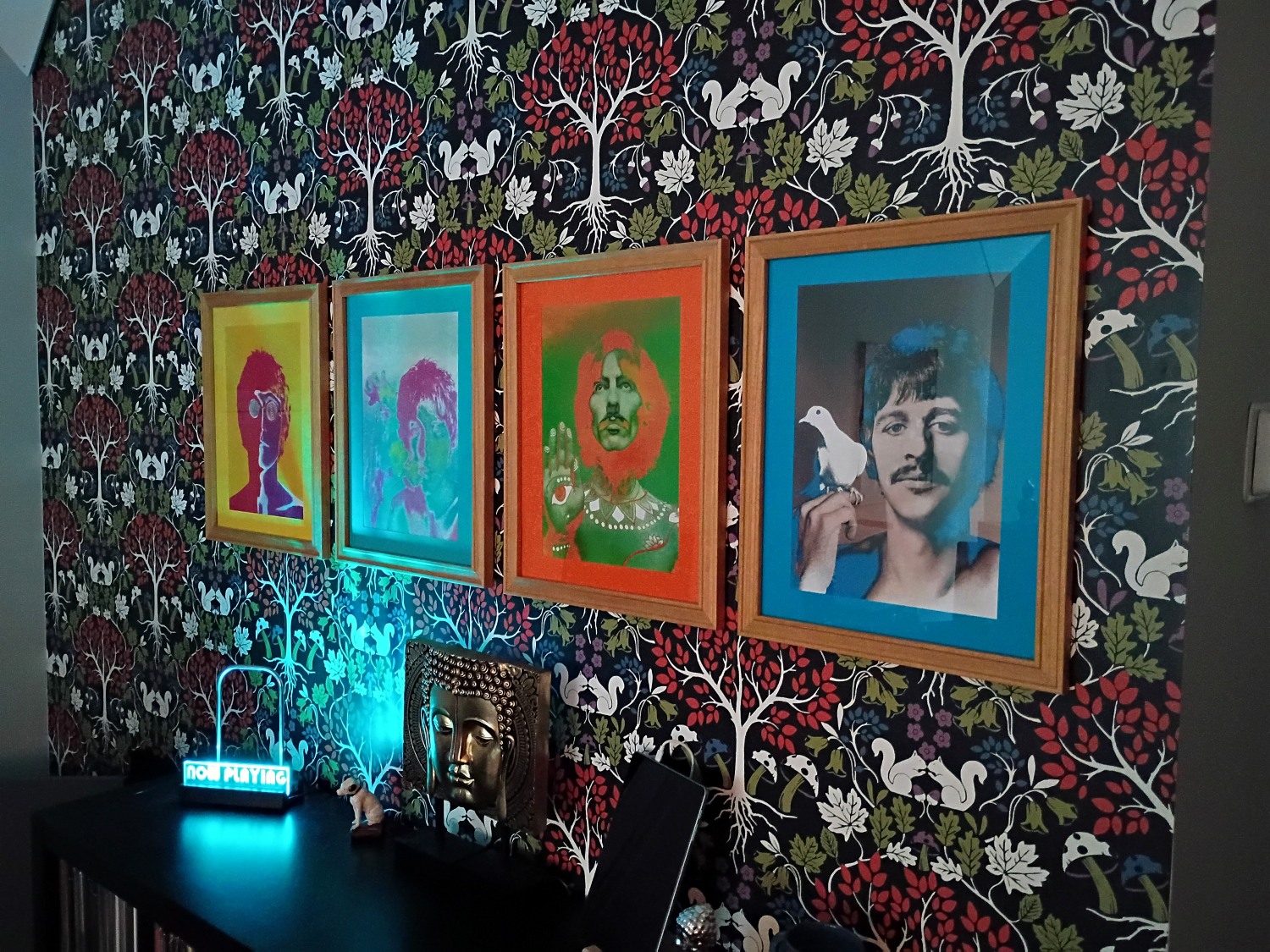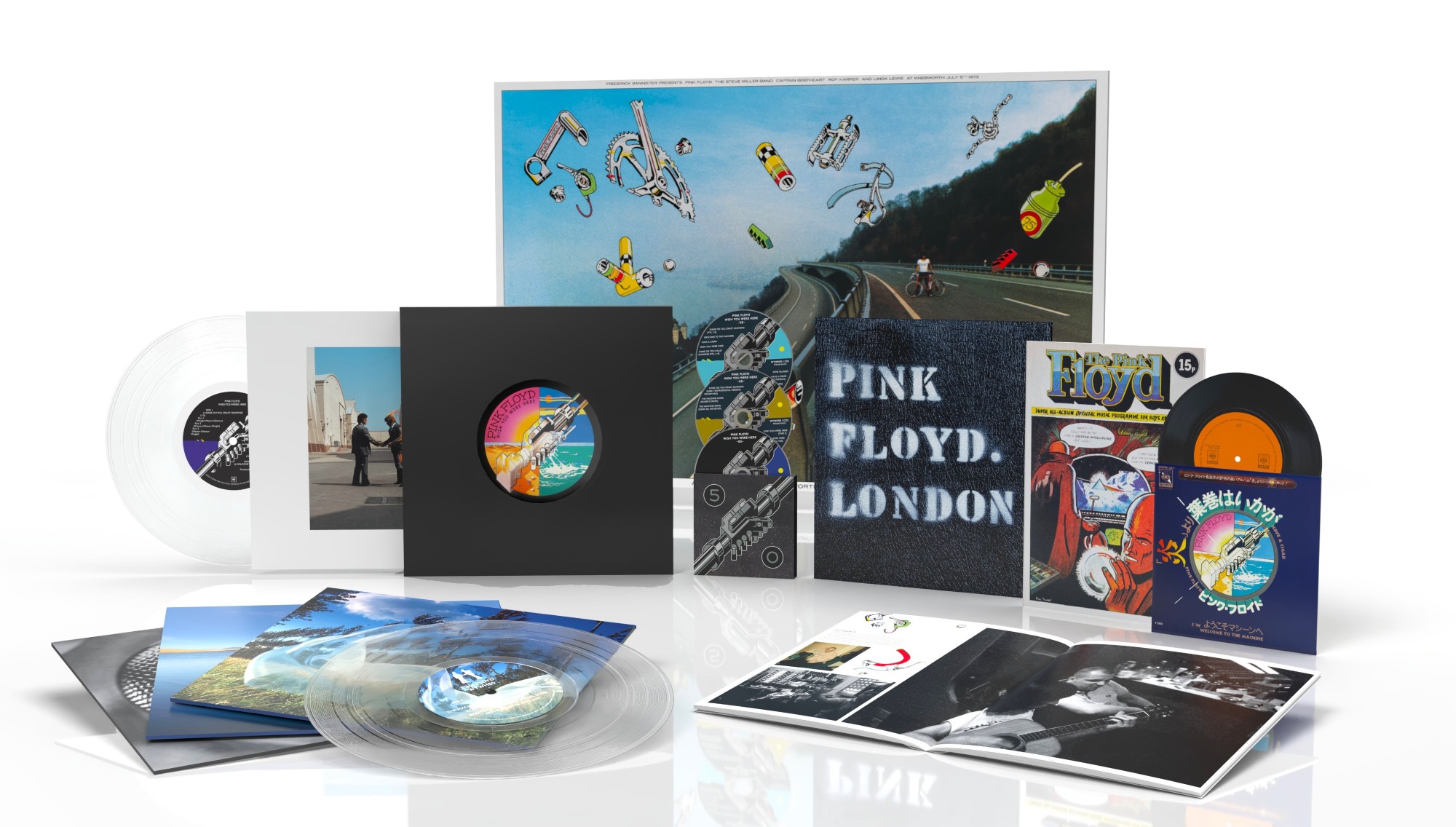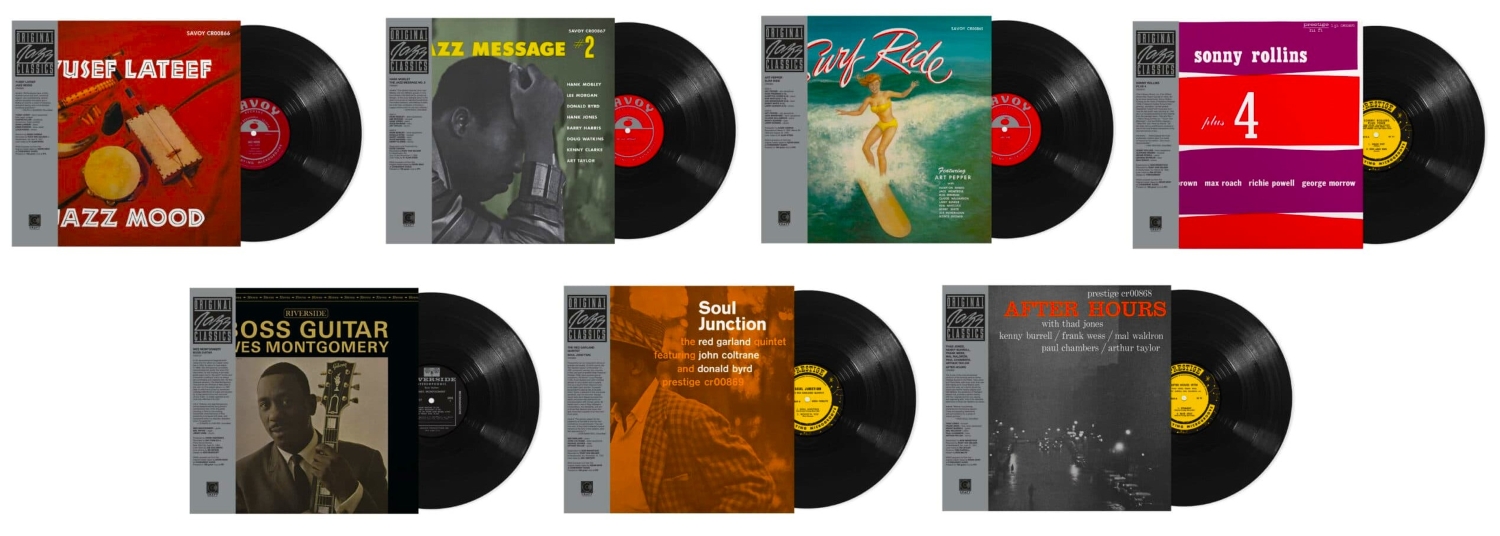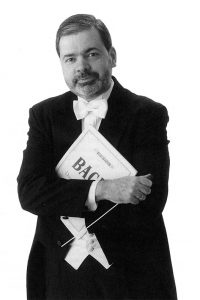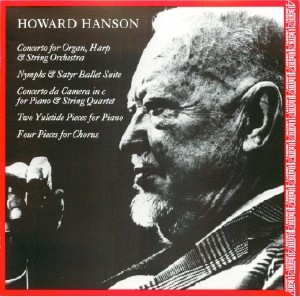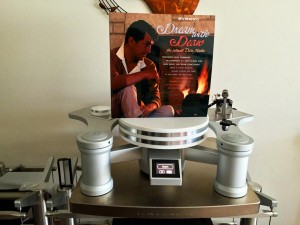At the point in 1978 when I bought my first real stereo setup, I was browsing about Stereo Village in Buckhead (a northern Atlanta suburb), when I noticed a display for a handful of classical LPs from a label I'd never heard of, Telarc. Telarc was based in Cleveland, Ohio, and the display featured their first few releases, which were touted with foil stickers as being "all digital" recordings. Honestly, I didn't have a clue about digital, and how it might compare/contrast to pure analog, but the album jacket for one of the releases, Stravinsky's Firebird Suite (featuring the Atlanta Symphony Orchestra conducted by Robert Shaw), really caught my attention. The artwork featured a colorful and beautifully stylistic rendering of the firebird, and even though I had zero experience with either Telarc or Stravinsky, I grabbed a couple of the albums, more or less based on their visual elegance. I took them home along with the new equipment, and upon spinning the Firebird Suite for the first time, was not only blown away by the incredible dynamics and musicality of the recording, but also by the perfection of the LP pressing, which was sourced from Germany.
A year later, Stereo Village closed all their locations, and I was able to get a closeout on a JVC fully-manual transcription turntable and a really great Sonus Gold Blue cartridge—which would perfectly track the infamous Telarc Tchaikovsky 1812 Overture and its ridiculously loud cannon shots. I also grabbed a copy of Telarc's Mussorgsky Pictures At An Exhibition; I was becoming quite the classical fanatic, and most of my friends pretty much thought I'd lost my mind! I was hooked, and started grabbing as many of the Telarc LPs as I could find—especially the "Soundstream" digital recordings, which were recorded at a higher sampling rate. And seemed to me to represent the cream of Telarc's offerings; all their LPs were musically engaging, with superb performances and astounding recording quality. Telarc obviously just wasn't any run-of-the-mill audiophile label!
When I started writing mostly music reviews for Audiophile Audition mid-2001, I was very quickly introduced to Amanda Sweet, who was Telarc's marketing director at the time. SACD had just become a thing, and she started plying me with everything Telarc had to offer, including the entire set of Soundstream 50kHz digital recordings. Talk about thinking I had died and gone to heaven—could it actually get any better than this? My love for Telarc and their recordings grew exponentially as the SACD era became a thing!
Fast Forward Into the Future
All good things eventually come to an end; Telarc was acquired by the Concord Music Group in 2005, and in a few short years, they essentially disappeared as the force they once were in classical and jazz music. Most of the original principals responsible for Telarc's early success either resigned or were let go, and the label existed mostly in name only. So it came as quite a surprise when in early 2019, Craft Recordings—which was established by Concord to reissue their extensive back catalog of labels—announced that they'd be reissuing five of the classic Telarc Soundstream LPs on 180 gram vinyl. 2019 was an exceptionally busy year for me, so I didn't have any opportunity to jump on board with any of the Telarc LP reissues, but I found the prospect exciting, nonetheless. However, my excitement was tempered when I read my colleague Bob Levi's review of the Telarc Firebird Suite reissue (you can read his review HERE); to say that he was underwhelmed by the new LP was a complete understatement. His review was about as unflattering as possible, and he strongly recommended avoiding the Telarc reissues to avoid disappointment.
I had no opportunity to weigh in on Bob's assessment of the situation, but when the Jacob Mask at Craft Recording contacted me to gauge my interest in taking a listen to the next batch of Telarc reissues, I assured him that I was all in! Two 180 gram reissues have been announced thus far: the Lorin Maazel/Cleveland Orchestra's Mussorgsky: Pictures At An Exhibition and pianist Lang Lang's performance of Rachmaninoff Piano Concerto No. 3, featuring the St. Petersburg Philharmonic conducted by Yuri Temirkanov. Pictures At An Exhibition is one of the original Soundstream digital recordings, and has been previously released on LPs, CDs, and SACDs; Lang Lang's Rachmaninoff: Piano Concerto No. 3 was recorded using the Sonoma DSD system and has only been released as an SACD and CD. This new reissue marks the first release of the Lang Lang Rach 3 in any LP format.
Again, I don't have any of the first batch of Craft Telarc reissues for comparison or comment, but I did have my original Telarc LP and SACD for Pictures At An Exhibition and my original SACD for Lang Lang's Rach 3 performance. All my comments will reference any differences I heard versus the legacy formats I happened to have on hand for comparison.
Lorin Maazel conducting the Cleveland Orchestra: Mussorgsky: Pictures At An Exhibition. 180 Gram Craft Recordings LP, $29.99 MSRP
The original LP release of this title simply blew me away in 1979—the staggeringly good dynamics and reference quality, you-are-there sonics provided a staggeringly good illusion of being present in Cleveland's Orchestral Hall. That impression was lessened by my initial experience with Telarc compact discs; let's face it, CDs were mostly half-baked and a mixed bag in their infancy. This all came full circle with the Telarc 50kHz SACD release of Pictures, which gave an astonishing presentation that gave the original LP a run for the money, and bettered it in many ways. I've listened to all these formats a ridiculous number of times over the years, and feel that I'm intimately in touch with their strengths and weaknesses.
My initial visual impressions of the Pictures At An Exhibition reissue were quite positive; the gatefold album jacket was nearly perfect, with nicely crisp album artwork. The LP came encased in a white, rice-paper lined album sleeve that virtually duplicated the look of the original, and the LP surfaces were glossy and free of any visible defects. And the record labels matched the originals almost exactly; the only real difference being the slight heft of the 180 gram reissue compared to the 150 gram original LP. Playback of the reissue told a slightly different tale, however; the new LP displayed a significant level of groove noise, and there were several continuously running pop-scratches-of-death that provided quite the distraction to my listening sessions. I was really surprised by this, as the new LP was pressed at Optimal in Germany; I've had quite a few very good recent experiences with Optimal pressings, and they're generally quite excellent and are easily among the best LPs currently out there.
In addition to the noisy pressing, the reissue presented a level of hiss that just wasn't present on my original LP, which has held up surprisingly well for being 40+ years old. I have an SACD player present in my Analog Room, and playback of the 50kHz Telarc SACD showed virtually zero noise of any kind in the recording, and my original LP mirrored the sound of the SACD much more closely than the new reissue did. While most of the noise I was hearing was no doubt due to the substandard pressing, I couldn't also help but believe that some of the hiss I was hearing was due to the remastering process for the new reissue. I attempted to reach out to Craft's Paul Blakemore, who served as the mastering engineer, but had not gotten a response as of the time of this review. Sonically, I felt that the new reissue was good, and didn't seem to suffer terribly from the new remaster in terms of overall dynamics, and depth and width of the soundstage. But I also felt that the original LP, along with the SACD, showed a greater level of clarity and musicality than the reissue.
Lang Lang with Yuri Temirkanov conducting the St. Petersburg Philharmonic: Rachmaninoff: Piano Concerto No. 3. (2) 180 Gram Craft Recordings LPs, $37.99 MSRP
Lang Lang first appeared on the scene as a wunderkind in 2000 with his first recordings for Telarc, and he managed to garner a ton of positive press that helped him sell a lot of records. I grew over time to hold him in less high esteem, however, ultimately finding his recordings to possess undeniable technical prowess, but also finding his playing somewhat lacking in soulfulness. Telarc pushed this 2002 SACD release hard to the music press; the movie Shine had been out for a few years, and there was still quite a renewed fascination for the Rachmaninoff Third Piano Concerto with the public in general. I enjoyed the performance, but my enjoyment was probably significantly influenced by my current deep dive into multichannel SACD playback, which was all the rage back then.
My initial visual impressions with the Rach 3 reissue were not as overwhelmingly positive as with the Pictures LP. While the album jacket was literally perfection incarnate, removing the printed paper inner sleeves showed that they were not lined with rice paper, and removing the LPs was a bit of a challenge. A significant static build-up was present, and when I managed to forcefully pull the LPs out of the inner sleeves, the LP surfaces were peppered with paper dust across both sides. Which required a significant clean-up process; I then inserted new Mo-Fi style rice paper inner sleeves into the paper ones to prevent the issue from arising in future playings. After cleaning both LPs, I observed that the surfaces of all sides were significantly scuffed, with some faint scratches across the surfaces as well. Not good!
My replay experience was about the same as with the Pictures LP. There was a massive pop leading into side one, with significant groove noise and frequent pops and ticks throughout all sides, although the level of any noise I might have thought to be present in the Pictures recording was lessened with the Rach 3. I replayed the LPs repeatedly; it's been my experience that many pressings display a level of noise that's significantly lessened with further playback. Unfortunately, that didn't seem to be the case here. My SACD showed a much greater level of quiet and clarity than the new LP reissue, but much of that could easily be blamed on the poor pressing quality.
Oh, what might have been!
I wouldn't approach either of these reissues with the same level of overwhelming negativity that my colleague did upon his review of the first Telarc reissue title a few years ago. I believe that much of what I heard on the reissued LPs was dynamic and quite musical—when I could hear through the noise to appreciate the music. That said, while my experience was less than positive, I can't help but wonder how much of the blame needs to be laid on the less than pristine pressings. And I would have really loved to have gotten Paul Blakemore's input on the remastering process; his experience with Telarc goes back to around 2000, and it would have been enlightening to hear from him concerning the technical aspects of the process.
Unless you're absolutely jonesing to own these two pressings, unfortunately, I'd probably pass.
Craft Recordings
All images courtesy of Craft Recordings





